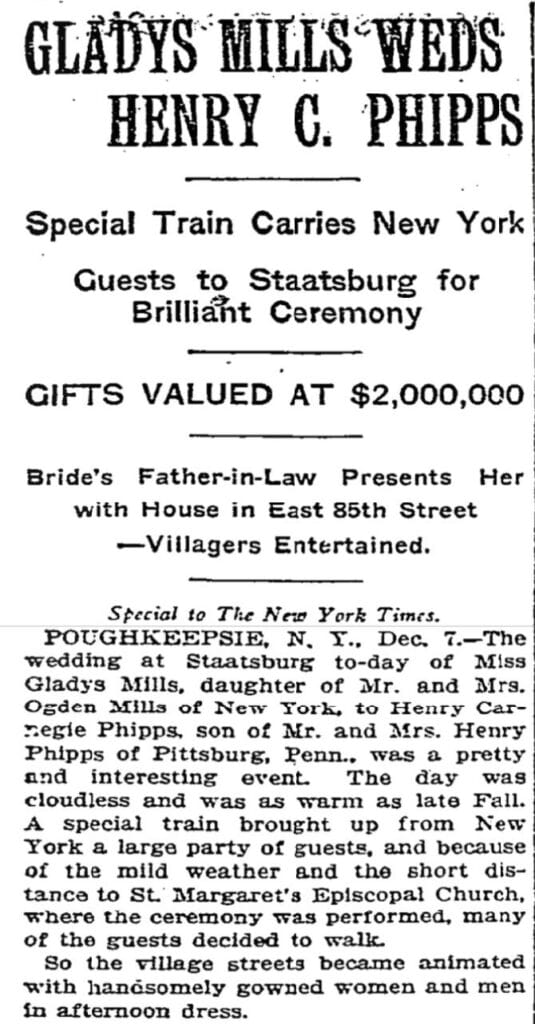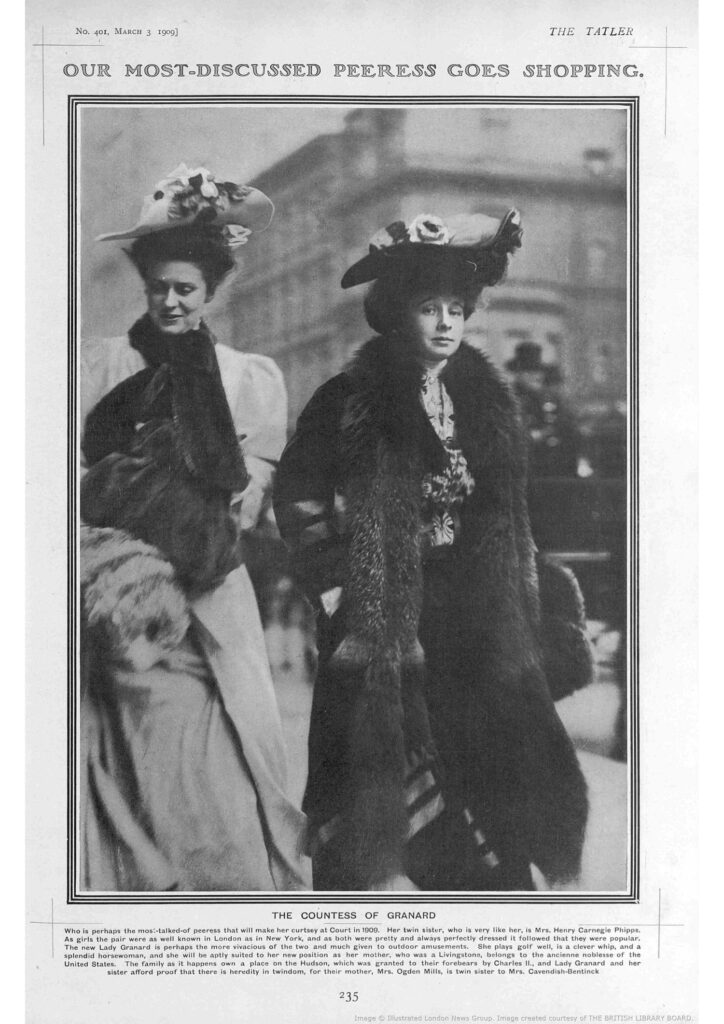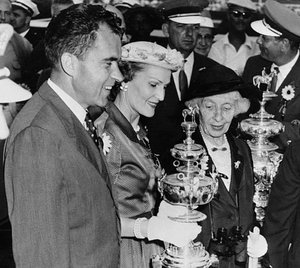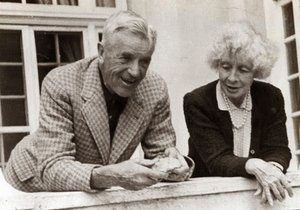Phipps Family History: “Gilded” Family Ties

The HBO series The Gilded Age, has sparked renewed fascination in the post-Civil War period of US history (1870-1900) when industrialization and land speculation created immense fortunes. The television series particularly explores the social dynamics between the manners of old families and the new elite, who had made their fortunes in the more recent years—themes explored in the novels of Edith Wharton (House of Mirth and Age of Innocence).
It was during this era that Henry Phipps, Jr. (1839-1930), son of an immigrant shoemaker in Pittsburgh, became one of the leading industrialists in the US with his successful business ventures with the Carnegie brothers, Andrew and Tom.
Through the marriage of Henry’s son Henry (Hal) Carnegie Phipps (1879–1953), the Phipps family would become related to one of the “old-money” New York families —the Livingstons—featured in The Gilded Age. On December 7, 1907, Hal married Gladys Livingston Mills (1883-1970) at Saint Margaret of Antioch Episcopal Church, in Staatsburgh, Dutchess County, New York, with the reception held at nearby Livingston Manor, the family’s estate originally built in the early 1800s. The guest list included members of the Astor, Pulitzer, and Vanderbilt families.
Gladys’s mother, Ruth Livingston (1855-1920), was a descendant of Livingston family of New York, a large and prominent family which migrated from Scotland in the 17th century. It has many branches and includes both a signer of the Declaration of Independence and a signer of the U.S. Constitution, as well as various politicians, lawyers and merchants. Members of the family married members of many other prominent New York families, including the Schuylers, the Ten Broecks, the Van Brughs, the Van Cortlandts, and the Astors
Gladys’s grandfather, Darius Ogden Mills (1825-1910), while also from a noted New York family, acquired an immense fortune through his businesses in California, particularly banking, which he established during the Gold Rush. In an interesting coincidence with the origins of the W.R. and Michael Grace family businesses, Mills’s business ventures in California began when he purchased shipping supplies in Calllau, Peru, and transported them to San Francisco for sale.
Gladys’s heritage would represent the two social worlds—old and new—in the elite New York society dubbed “the 400,” a list compiled and published in 1892 of those regularly invited to social gatherings by Caroline Schermerhorn Astor. Beatrice, Gladys’s twin sister, like Henry Phipps’s daughter Amy Guest, entered into English aristocracy and society through her marriage to the Anglo-Irish soldier and politician Bernard Forbes, 8th Earl of Granard. Similar to the marriage of Consuelo Vanderbilt to the Duke of Marlborough, Beatrice, titled Countess of Garnard, brought her American wealth to the marriage and restored the Forbes family estates.
Gladys and her brother, Ogden Livingston Mills (1884–1937) would become well-known to the broader public as the founders of Wheatley Stable, the famed thoroughbred horse racing operation —named for the road in Old Westbury on which her residence, Spring Hill, was located. Through her hands-on management, Wheatley Stables became one of the most successful privately-owned breeding and racing stables. The stable’s most notable horse was Bold Ruler, 1957 Preakness winner and sire of the 1973 Triple Crown winner Secretariat, and was also the great-grandsire of 1977 Triple Crown winner Seattle Slew.


When Gladys died in 1970, she was remembered as First Lady of the Turf and one of the women pioneers in the American thoroughbred racing. Her long life also assured her prominence as one of those whose bridged the famous Gilded Age to the end of the 20th century, when it would be remembered only in novels and now TV series.

Paul Hunchak, Director of Public Programs and Visitor Services